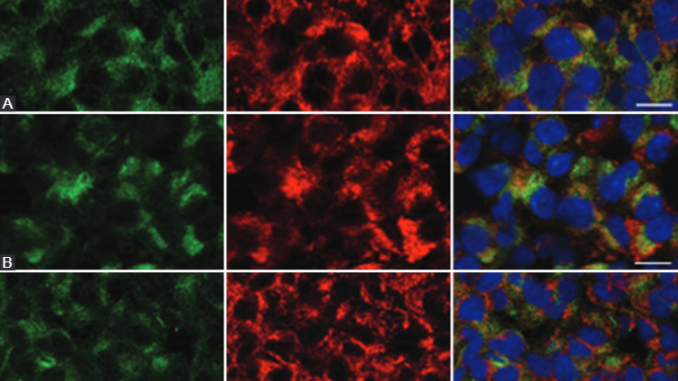
Parkinson’s disease is a neurodegenerative disorder characterized by motor and non-motor symptoms. Furthermore, the Parkinson’s disease is a second most common neurodegenerative disorder, after Alzheimer’s disease.
In the study published in BJBMS, the authors from the Brain Research Laboratory, Institute of Pathophysiology, Medical Faculty, University of Ljubljana, Slovenia used the rat model for Parkinson’s disease. The rats were ovariectomized and treated with either estrogen or estrogen and L-dopa to mimic female patients in their postmenopausal stage of life that are on hormone replacement therapy.
L-dopa is a dopamine precursor which is used as the first-line treatment for Parkinson’s disease. Estrogen and L-dopa act as opposing regulators of the secretion of prolactin from the pituitary gland. Prolactin is a hormone that plays an important role in the modulation of stress response and emotion regulation, therefore postmenopausal female patients with Parkinson’s disease on hormone replacement therapy and receiving L-dopa treatment should be closely monitored for their prolactin levels.
The authors found that high doses of estrogen increase the expression of prolactin in the pituitary gland leading to the formation of pituitary tumors and hyperprolactinemia. Treatment with L-dopa decreased the size of prolactinomas, but it did not affect prolactin expression or its serum concentrations.
The authors also investigated the effect of estrogen and L-dopa on the expression of synaptotagmin IV, an immediate early gene involved in exocytosis whose product is abundant in the pituitary gland and was found to be highly co-expressed with prolactin. Furthermore, the authors found that high levels of serum estrogen were associated with the upregulation of prolactin and synaptotagmin IV, while treatment with L-dopa downregulated Syt IV.
Reference:
Leave a Reply